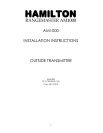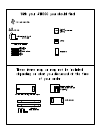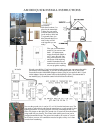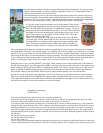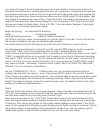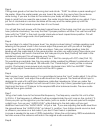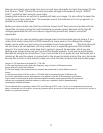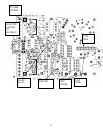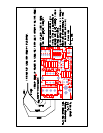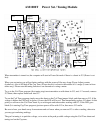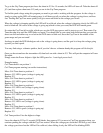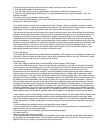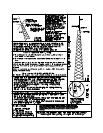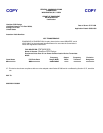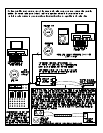
Please note that changes or modifications not expressly approved by RangeMaster for compliance
could void the user's authority to operate the equipment.
Installing the AM1000 transmitter
This unit is meant to be installed by someone who has some radio background. If you don’t
feel qualified to install this unit yourself contact a local radio/TV shop. They may be able to
help. Also if you have a friend who is a Ham radio operator they may be able to help you.
The goal of a successful installation is to achieve ½ mile range if the unit is near ground level.
Within this ½ mile the signal should be clear and easy to hear. There may be some static
mixed in, but the message being played should be clear. Up to a mile range and further may
be possible if you have a good site and have the unit higher. A good height is 30 feet.
Look around the structure and find a suitable place to mount the transmitter. It should be
mounted as high as possible.
Keep in mind the cabling needs, a cable needs to run to the power and audio source. See
included diagram for cabling example. Typically #24 (2) pair shielded cable is used for runs of
50 feet or less, #22 for up to 100 feet. Use one pair for + and – 12 volt and the other pair for
the 600 ohm balanced audio. Connect the shield to ground at just one end. Also a ground
wire needs to be run from the transmitter to a good ground for lightning protection. You can
drive a 4 or better 8 foot ground rod into the ground for the lightning protection ground or use
an existing ground. For best lightning protection the ground wire should have a direct path to
dirt ground.
If you get low range and the tuning peak voltage range is low you may have a bad ground.
Driving an 8 foot rod into soil should help you have a good ground. Don’t get the rod to close
to a house foundation. An electrical or pipe ground may not be reliable.
RF (radio frequency) can be tricky stuff. If you don’t get results from your site, try another. The
height is very important. The unit will not work unless it is tuned after it is installed in its final
position. (You can’t tune it on the ground first, it HAS to be tuned after everything is done,
wires tacked into position so that they will not move.
Avoid putting the antenna near metal, especially large massive pieces of metal. Small metal
pieces may be all right. You want to provide a stable environment around the unit. Attach
any ground wire so that it will not move in the wind.
The antenna develops hundreds of volts of RF power. It won’t shock you and can easily be
quenched by even putting your hand close to it.
Once you’ve found a site sturdily mount the unit to the structure. Cable the ground wire to a
good ground. Use #12 or #10 wire or larger (not aluminum) and run the wire directly down to
your ground rod. The ground wire connects to the binding post on the bottom of the unit. If
2



